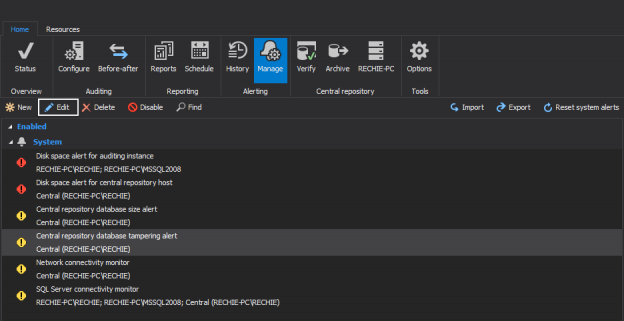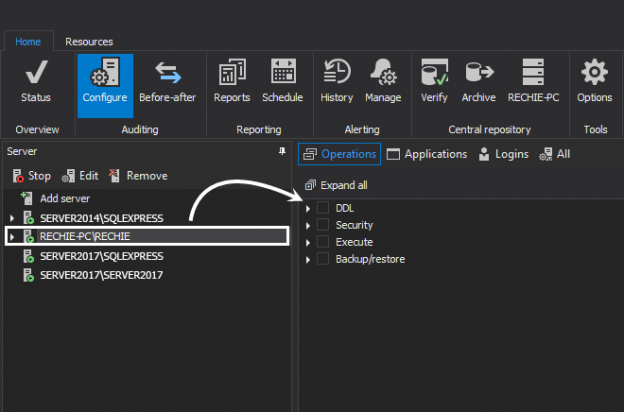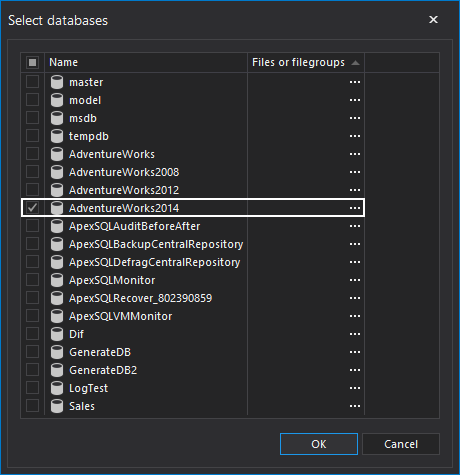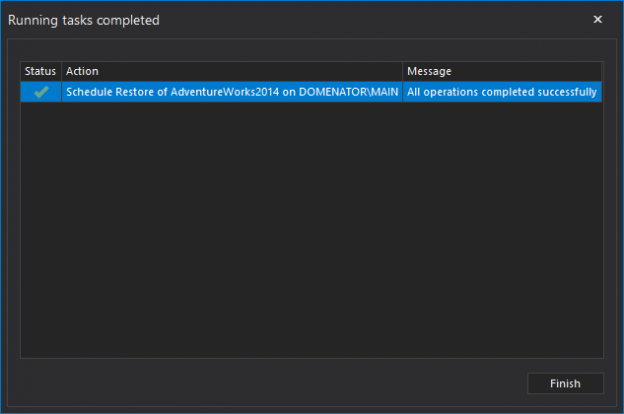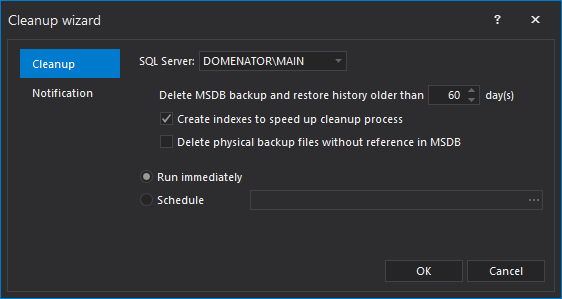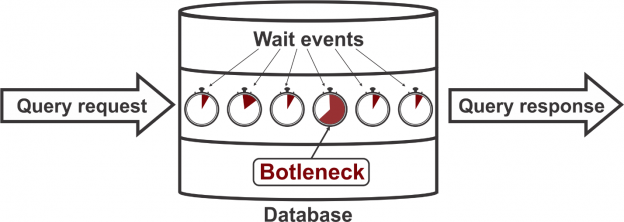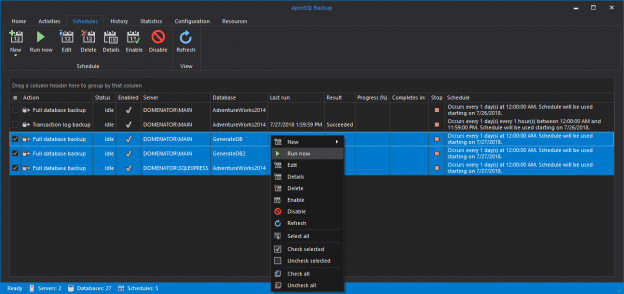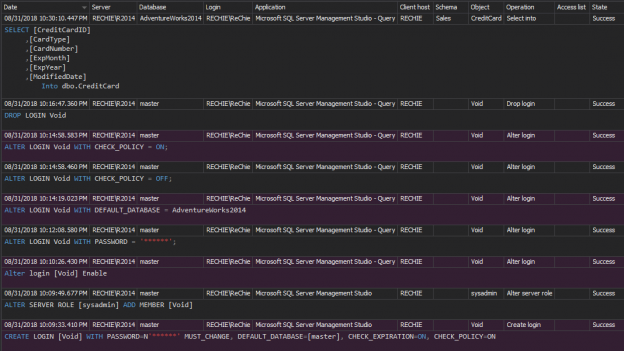
The Health Insurance Portability and Accountability Act of 1996 (HIPAA) sets guidelines mandating the adoption of Federal privacy protections for health information of individuals which gives patients an array of rights with respect to that information. The HIPAA Privacy Rule ensures federal protections for individually identifiable health information and gives patients a range of rights with respect to that information. The Security Rule defines administrative, physical and technical safety measures to ensure the availability, confidentiality and integrity of electronic protected health information.
August 31, 2015


